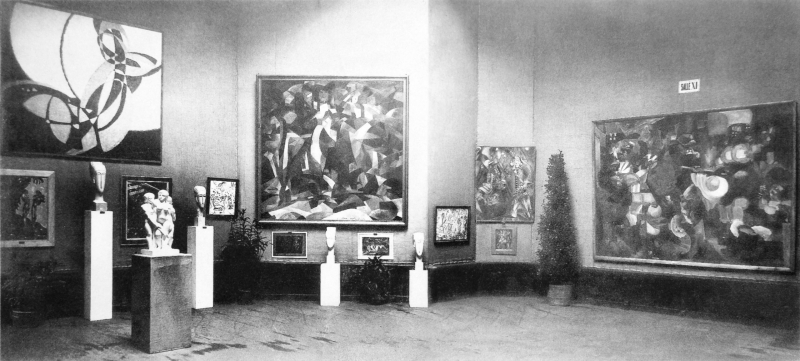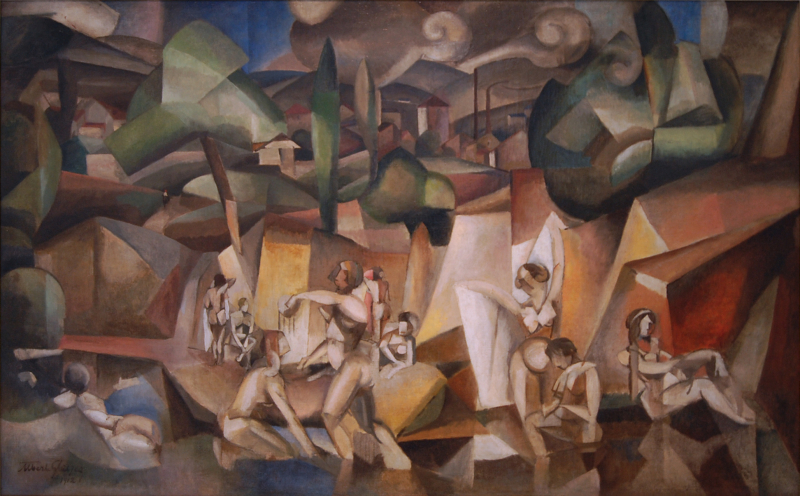The Salon Cubists Played A Key Role In Popularizing Cubism
Building on the initial Cubist experiments of Pablo Picasso and Georges Braque, the Salon Cubists were a group of avant-garde French artists who resided and worked in Paris and the surrounding areas. However, they purposefully took a distinct aesthetic route. Robert Delaunay, Albert Gleizes, Fernand Léger, Juan Gris, Henri Le Fauconnier, Robert de La Fresnaye, and Jean Metzinger were all members of the Salon Cubist movement.
The Salon Cubists painted large-scale works in vivid hues and based their aesthetic theories on allusions to mathematics and vitalist philosophy, in contrast to Picasso and Braque's tiny, private works with the subdued palette of browns and grays.
Following the 1911 Salon des Indépendants, the term "Salon Cubists" was coined to set them apart from the "gallery Cubists," Picasso and Braque, who exhibited alongside the art dealer Daniel-Henry Kahnweiler. Although Picasso and Braque are perhaps the most well-known Cubists, it was the Salon Cubists who, between 1910 and 1913, via their shows in renowned Paris Salons, defined Cubism as a distinct movement and popularized it. What an interesting fact about Cubism!












